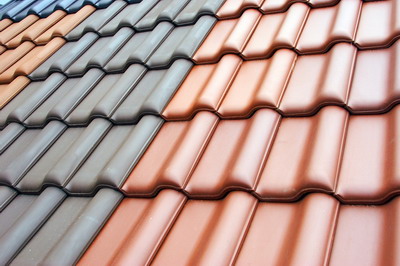Posted by: Roofing Contractor Denver
Water is usually damaging if it finds its way via modest cracks or free tiles. Water can effortlessly penetrate these cracked or unfastened tiles and trigger significant damage to the roofing lining underneath. It is crucial to acquire essential actions whenever you see a sign of h2o penetration in the ceiling.
The very first factor you need to have to do in this regard is to appear for the supply of that leak. You can't repair the leak until you discover the supply. So, you have to do some tough do the job in obtaining the real supply of h2o leak in the ceiling. Some leaks call for small work to fix even though other people need skilled roofing contractor to repair service the dilemma. Thoroughly examine the root trigger of the leak and if you sense that it demands some expert do the job than contact your roofing contractor otherwise you can repair service it on your personal.
Basic Tiles
If the plain tile is broken or harmed, take away the 1 above it and break open the roofing nail. Take a new tile and swap it with a harmed tile very carefully and secure it with the nail. Make sure that you use crowbar cover over the nail head before hammering it. It will stop the new tile from damaging.
Slate Tiles
Slate tiles usually slip out of site. You can effortlessly repair them. To substitute the slate, you have to take away the surrounding slates 1st in order to eliminate the broken slate. Make specific that you will not harm the roofing material below. Location the replacement slate on its position and lined it up with the adjacent slates. Use nails to secure it and substitute the surrounding slates as properly.
Flat Felt Roof
Flat felt roof is more inclined to splitting and blistering. What you require to do is to acquire the retractable knife and minimize across the blister very carefully. Then, apply bitumen inside the hole. Now, you need to have to minimize the roofing felt pretty much 5 cm (2 inches) bigger than the gap. Spot this roofing felt on the gap and press it down to seal it against the bitumen. Later, use bitumen to seal the split and give it some ample time to dry.
Roofing Flashing
Roofing flashing is one more selection to restore the ceiling leak. If you find any unfastened nails on the roof, basically apply bitumen to seal the holes. If there are any signs of corrosion holes that are 2 cm wide, you can use roof flashing to patch these holes. You have to minimize a piece from the roofing flashing, comparatively larger than the hole. You have to roughen up the surface so that the bitumen effectively sticks to it. Place the patch on the hole and seal it with the bitumen. Remember, if the harm accomplished by the corrosion is extreme, you have to have to replace the total flashing.
Suggestions & Warnings
It is important to locate the source of leak immediately. If you experience that you don't have the needed abilities and eqipment to restore the leak, call for a Denver roofing company or roofing expert instead of further damaging the roofing. Roof Repairs can save you a lot of money if you catch the leak right away. If you do not you risk further damages to your property inside and out of your house.













